DEX lingo
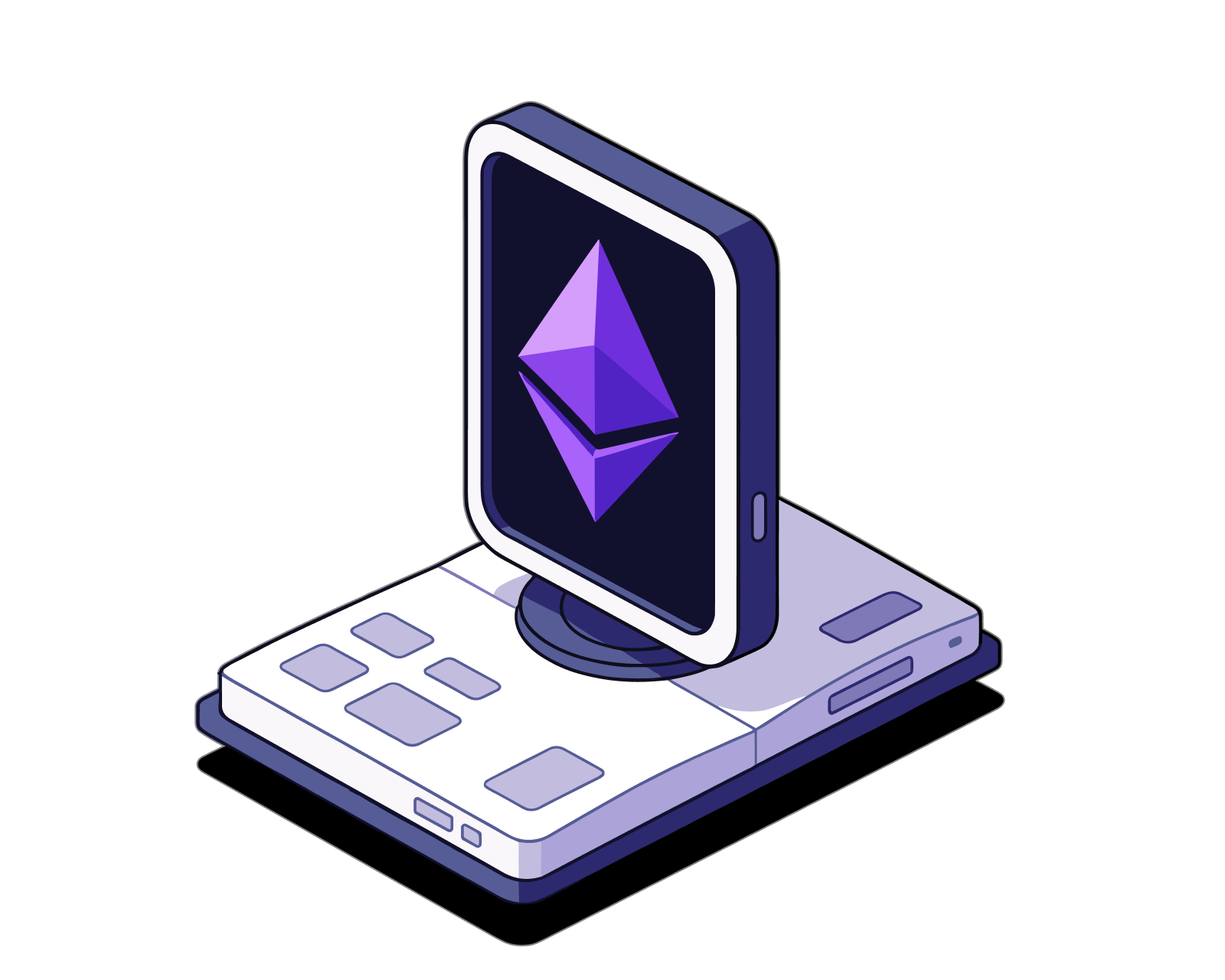
If you don’t know what a DEX is, or if you’re looking for an explanation on how DEXs work, be sure to start with our primer here.
Table of Contents
Wallet
To do almost anything on a DEX, or any DeFi product for that matter, you must connect with a crypto wallet. There’s usually a prominent “Connect Wallet" button. To learn about crypto wallets, check out this great article.
If you haven’t already, get the Bitcoin.com Wallet, a multichain fully non-custodial Web3 wallet that makes it easy to manage your crypto and interact with DEXs, DeFi, DApps, and more.
Token
Token is a general term that encompasses crypto-based digital assets, or cryptoassets. These can range from cryptocurrencies such as Bitcoin, to assets with additional functionality like Ether or Verse, to NFTs. Tokens can be traded on DEXs or specialized NFT marketplaces.
The most popular type of tokens are ERC-20 tokens. The ERC-20 standard started on the Ethereum blockchain, but now many blockchains use it. Bitcoin.com's ecosystem token VERSE is an ERC-20 token. For more in-depth info on ERC-20, read this article.
Contract address
Every token has a contract address. They consist of a long string of letters and numbers. For example, here’s the contract address for USDT on Ethereum: 0xdAC17F958D2ee523a2206206994597C13D831ec7
Contract addresses are like IP addresses. You know the ones: “207.126.144.0." Just like you almost always use a web address (eg. www.Bitcoin.com) instead of an IP address, you’ll typically use a token’s ticker symbol (eg. USDT) instead of its contract address.
DEXs and other DeFi products allow you to search for a token by name or by address. Popular cryptoassets can be found by name, but smaller ones often can’t. They’re called contract addresses because they are made from smart contracts. Read more about smart contracts here.
Gas
Gas is the fee paid to do work on a blockchain. For a DEX, this includes actions like swapping, depositing, or withdrawing cryptoassets. Gas fees are usually paid in the chains’ native currency. For example, Ethereum gas is paid in Ether (ETH). Learn more about ETH gas here.
Swap
On a DEX you can swap (exchange) one cryptoasset for another. For example, 1 ETH token might swap for 0.16 YFI. Or maybe you could swap 1 ETH for 2,500 USDT stablecoins. Stablecoins are the most popular token to swap to and from. Find out why here.
Limit Order
On a DEX, instead of swapping your cryptoasset at the current price, you can use a limit order to restrict the maximum price you are willing to pay. For example, if you want to swap USDT for ETH, you may limit the price to 2,501 USDT per ETH.
Read more: Learn about how decentralized exchanges work.
Slippage
Slippage refers to the difference in price when an order is made. When a buyer or seller’s final sale price moves up or down more than the requested price, the price is said to “slip." On many DEXs, you can specify your slippage tolerance, or how much you are willing to allow the final price to change.
Route
On a DEX, there isn’t always a very liquid way to directly trade between two cryptoassets. Routes find the most liquid, and therefore the least expensive, way to swap between the assets you want. For example, let’s say you want to trade between ETH and NEWCOIN. The ETH/NEWCOIN pair is not very liquid, but the ETH/USDC and NEWCOIN/USDC pairs are! The DEX makes a route: ETH→USDC→NEWCOIN. If you don’t know why liquidity is so important to all markets, check out this article.
Aggregator
DEX aggregators are DeFi products that effectively allow you to use many DEXs at the same time. This makes it possible to find the most efficient way to swap your assets. Why would you need to look at a bunch of DEXs at the same time?
In short, it's because aggregators can find the DEX with the best liquidity for your swap. One DEX might have the best liquidity to trade ETH/DOGE, but another is best for USDT/DOGE. Maybe two DEXs have equal liquidity, so the best thing might be to split your order in half, one for each DEX.
Aggregators can find optimal routes and split your order as much as necessary to give you the best overall price. Aggregators focus on the liquidity of the assets you want to swap. If you’re unfamiliar with liquidity, read up on this important concept here.
Liquidity
Liquidity is arguably the most important measurement of the health of any market, crypto or traditional. Liquidity is the oil that keeps the machinery of markets running smoothly. When liquidity dries up, markets can grind to a halt with catastrophic consequences. So, what is it?
There are two basic meanings of liquidity:
- Liquidity is a measure of how easily assets, crypto or otherwise, can be converted into cash.
- Liquidity is a measure of how easily two assets can be exchanged without dramatic shifts in the comparative value between the two assets.
Both meanings deal with the ease of moving between two assets. Let’s look at some examples from very liquid to very illiquid:
USD ←> Yen
USD ←> Stocks
USD ←> House
Bitcoin ←> House
Cars ←> House
The last one is theoretically possible, but imagine how hard it would be to swap some number of cars for a house! A very illiquid market indeed. Learn more about liquidity in this great primer.
TVL
TVL stands for “Total Value Locked." This is an estimate of the health of a DEX or other DeFi product. It is the US dollar value of all the cryptoassets locked into a platform. High TVL can indicate good liquidity, strong user confidence, high usage, and more.
Being a catchall indicator means there are better individual metrics for all of the mentioned data points, but at a glance TVL can be useful to very roughly compare like products.
Liquidity Pool
A liquidity pool refers to a pool of funds for a trading pair (eg. ETH/USDT) on a DEX. People who provide liquidity in a pool earn a share of the fees traded.
Liquidity is so important that DEXs often provide additional incentives for participating in liquidity pools. Without liquidity, a DEX cannot fulfill its main purpose, which is to facilitate swapping between cryptoassets. Learn about what liquidity is and why it’s so important here.
Impermanent Loss
Impermanent loss, often called IL for short, can happen when you add liquidity to a liquidity pool. Before we go further, make sure you understand what a liquidity pool is (see above entry).
Ok, recall that you provide a pair of cryptoassets in a pool, such as ETH/USDT. Impermanent Loss happens when the value between the two cryptoassets changes from the time when you deposited them. The bigger the difference, the more IL. The loss is impermanent because if the difference returns to what it was, you lose nothing.
IL only becomes permanent when you take out your cryptoassets from the pool. Thus, cryptoassets that trade in a close range tend to be the least susceptible to IL. Let’s look at a couple of examples. Let’s say last year you added 1 ETH and 1,500 USDT to a liquidity pool.
Since then, ETH’s value has increased relative to USDT. Now 1 ETH is worth 3,000 USDT. You will have impermanent loss IF you take out your cryptoassets from the pool. But you don’t, and ETH’s price goes back down to 1 ETH == 1,500 USDT. You take out your funds and have no IL!
Stablecoin pairs usually have very little IL because the prices are... stable! Providing liquidity in a USDT/USDC pair will have almost no IL, but you will still earn a portion of fees traded.
Liquidity Provider
Liquidity Provider, often called LP for short, is someone who adds liquidity to a liquidity pool. LPs earn a portion of fees in the pool, but are exposed to impermanent loss (IL). Learn more about liquidity pools and IL in the above two entries.
LP token
LP token stands for Liquidity Provider token. Receive this token when you put liquidity in a liquidity pool. This token can be used for many purposes, including yield farming and collateral. LP tokens can also be swapped for other crypto assets and redeemed for the assets in the pool they represent. Read more about liquidity providers in the above entry.
Liquidity Mining
Liquidity mining is an additional reward that a DEX or DeFi protocol uses to attract more liquidity. For example, when you add liquidity to a liquidity pool, on top of paying out a portion of fees generated, a DEX will usually pay you an additional reward.
This reward is typically paid in the protocol’s native asset, though sometimes different cryptoassets are used. Liquidity mining is essentially a way to rent liquidity. They do this because liquidity is fundamental to the health of DEXs and most DeFi products. Learn why here.
Staking
Staking refers to locking up a cryptoasset in a DeFi product to generate a yield, usually measured in APY. Learn about APY here.
Yield Farming
Yield Farming is an activity in DeFi where you add liquidity to liquidity pools in various DeFi products in order to earn extra rewards that DeFi products offer to attract liquidity. Yield farming allows you to generate additional value while retaining possession of your cryptoassets. Bitcoin.com's Verse will integrate yield farming opportunities. Find out more at getverse.com.
AMM
AMM stands for ‘automated market maker.’ Most DEXs use an AMM to swap between cryptoassets. AMMs provide an automatic way to trade between two assets. In traditional markets you swap with another trader. In an AMM you swap against a pool of liquidity.
The AMM uses a formula to determine the price of a trade. The price is determined by the ratio of the two cryptoassets in the liquidity pool. Learn more about AMMs and DEXs here.
Ready to start trading on a DEX? Access Bitcoin.com's Verse DEX in the Bitcoin.com Wallet app or head over to the desktop version here.
Related guides
Start from here →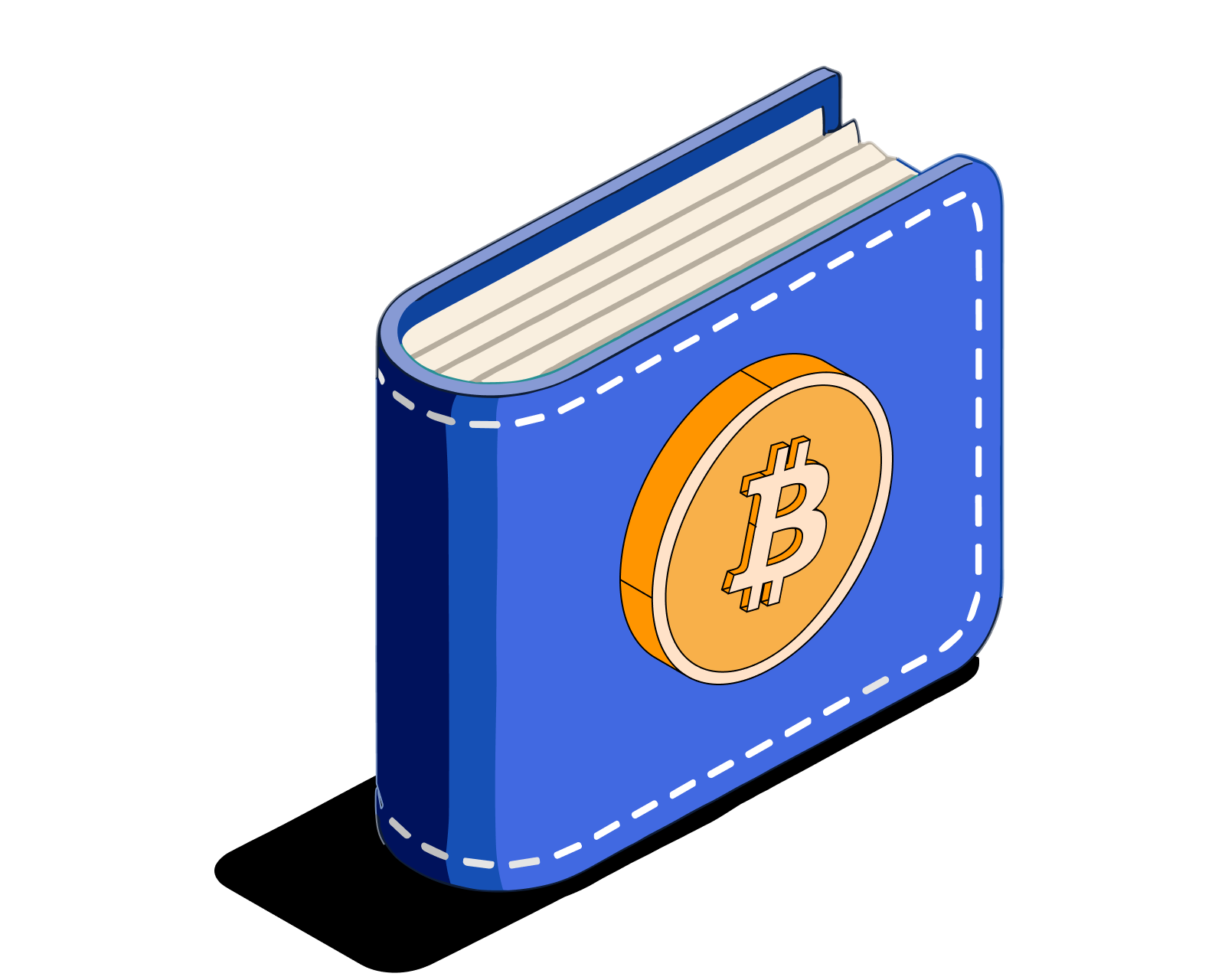
What is a crypto wallet?
Learn about this essential tool for sending, receiving, and storing your cryptocurrencies and digital assets; how it works, and how to use it safely.
Read this article →
What is a crypto wallet?
Learn about this essential tool for sending, receiving, and storing your cryptocurrencies and digital assets; how it works, and how to use it safely.
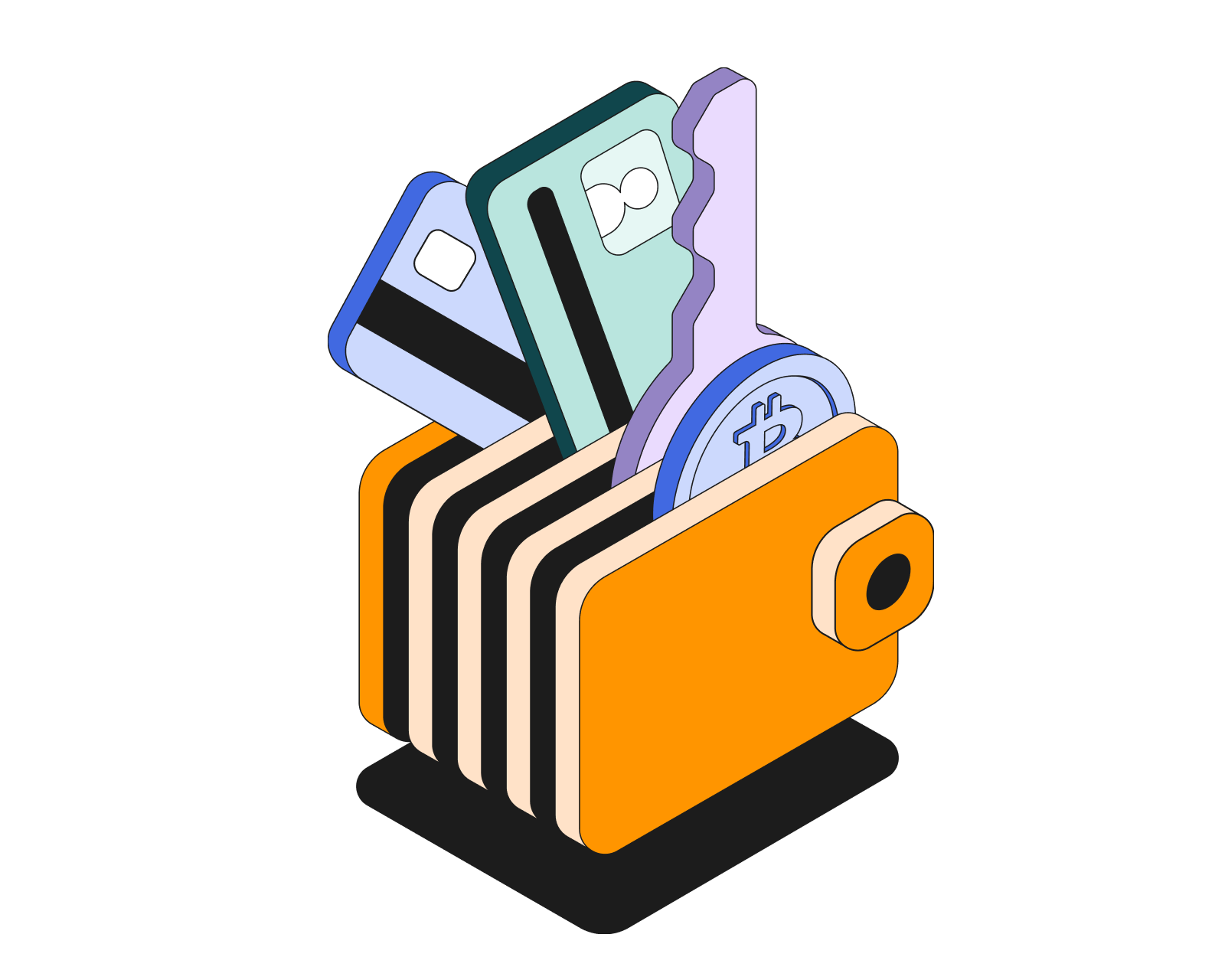
How do I create a crypto wallet?
Learn how to quickly and easily create a crypto wallet. Understand the different wallet types and their respective pros & cons.
Read this article →
How do I create a crypto wallet?
Learn how to quickly and easily create a crypto wallet. Understand the different wallet types and their respective pros & cons.
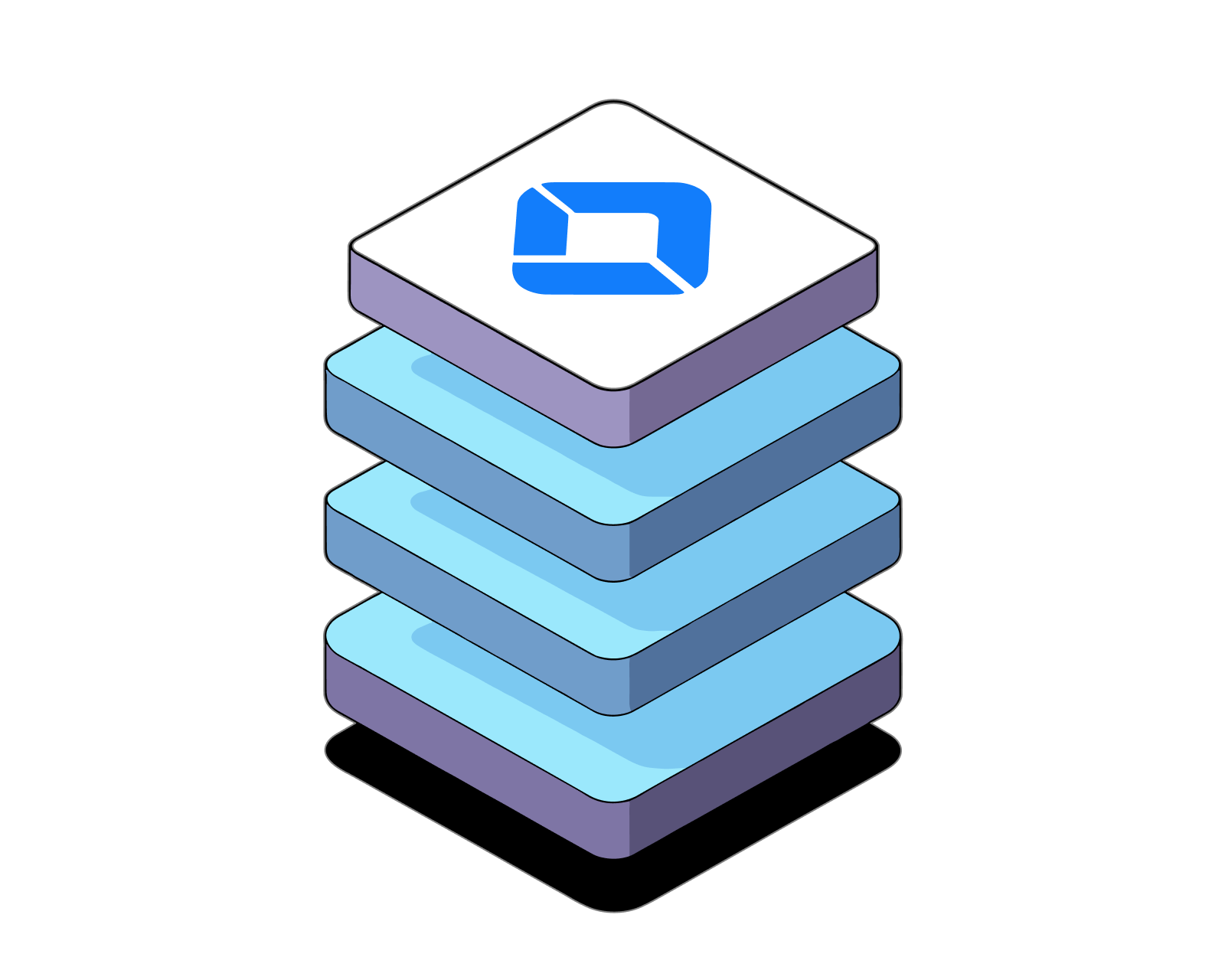
What is WalletConnect?
Learn about the bridge that connects your wallet to dApps and how to use it.
Read this article →
What is WalletConnect?
Learn about the bridge that connects your wallet to dApps and how to use it.
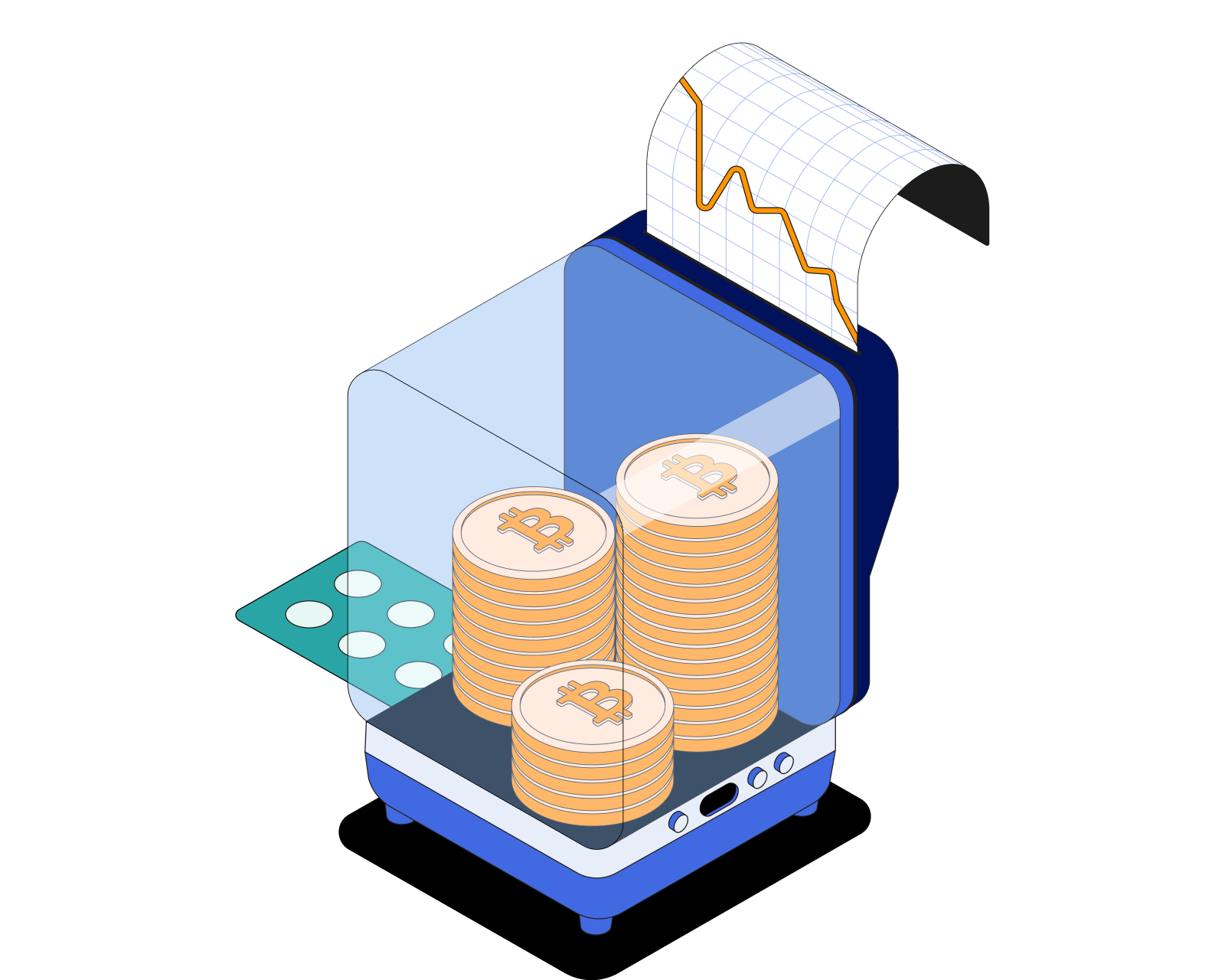
What is liquidity?
Liquidity has several slightly different but interrelated meanings. For the purposes of crypto, liquidity most often refers to financial liquidity and market liquidity.
Read this article →
What is liquidity?
Liquidity has several slightly different but interrelated meanings. For the purposes of crypto, liquidity most often refers to financial liquidity and market liquidity.
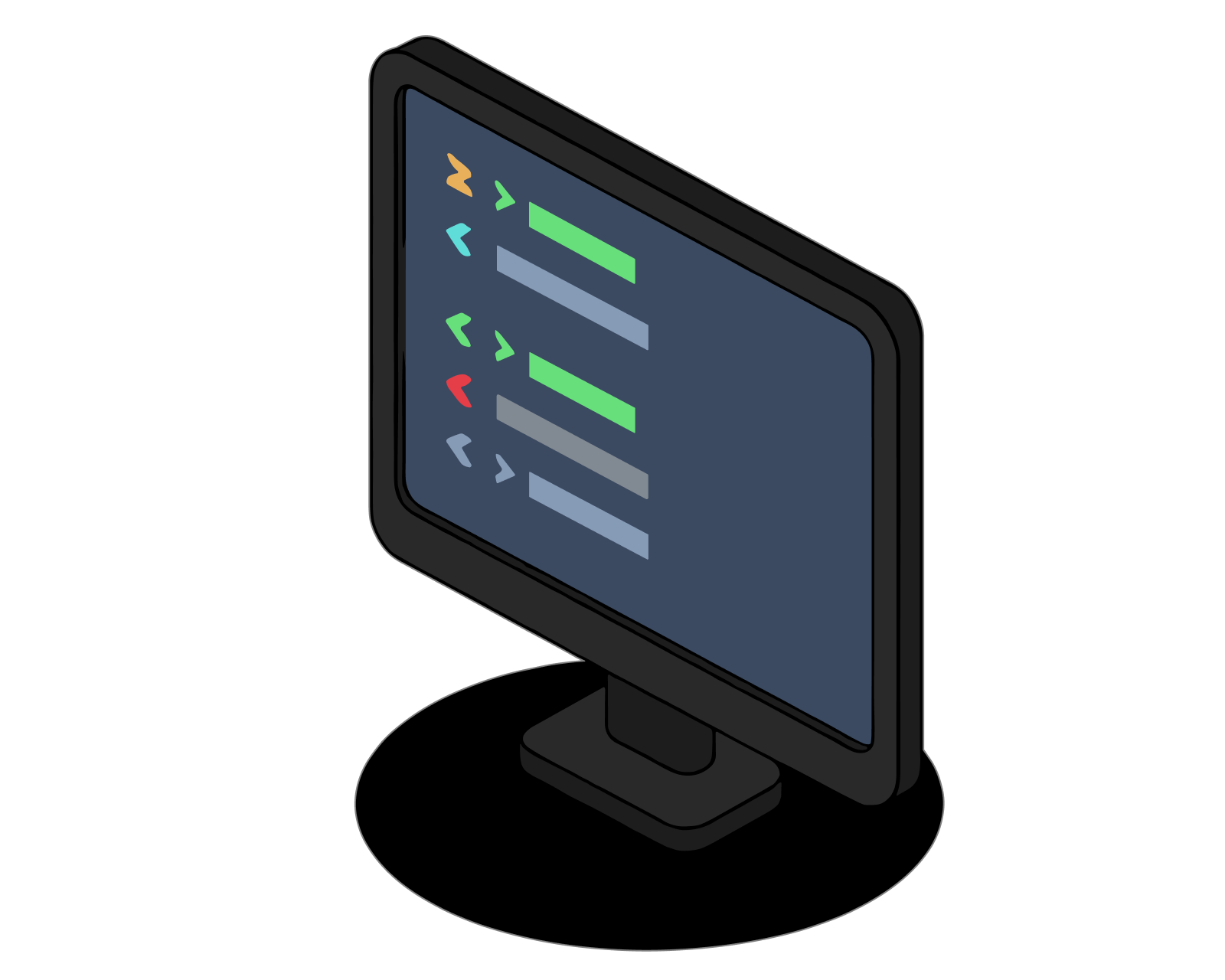
What is a DEX?
A decentralized exchange (DEX) is a type of exchange that specializes in peer-to-peer transactions of cryptocurrencies and digital assets. Unlike centralized exchanges (CEXs), DEXs do not require a trusted third party, or intermediary, to facilitate the exchange of cryptoassets.
Read this article →
What is a DEX?
A decentralized exchange (DEX) is a type of exchange that specializes in peer-to-peer transactions of cryptocurrencies and digital assets. Unlike centralized exchanges (CEXs), DEXs do not require a trusted third party, or intermediary, to facilitate the exchange of cryptoassets.
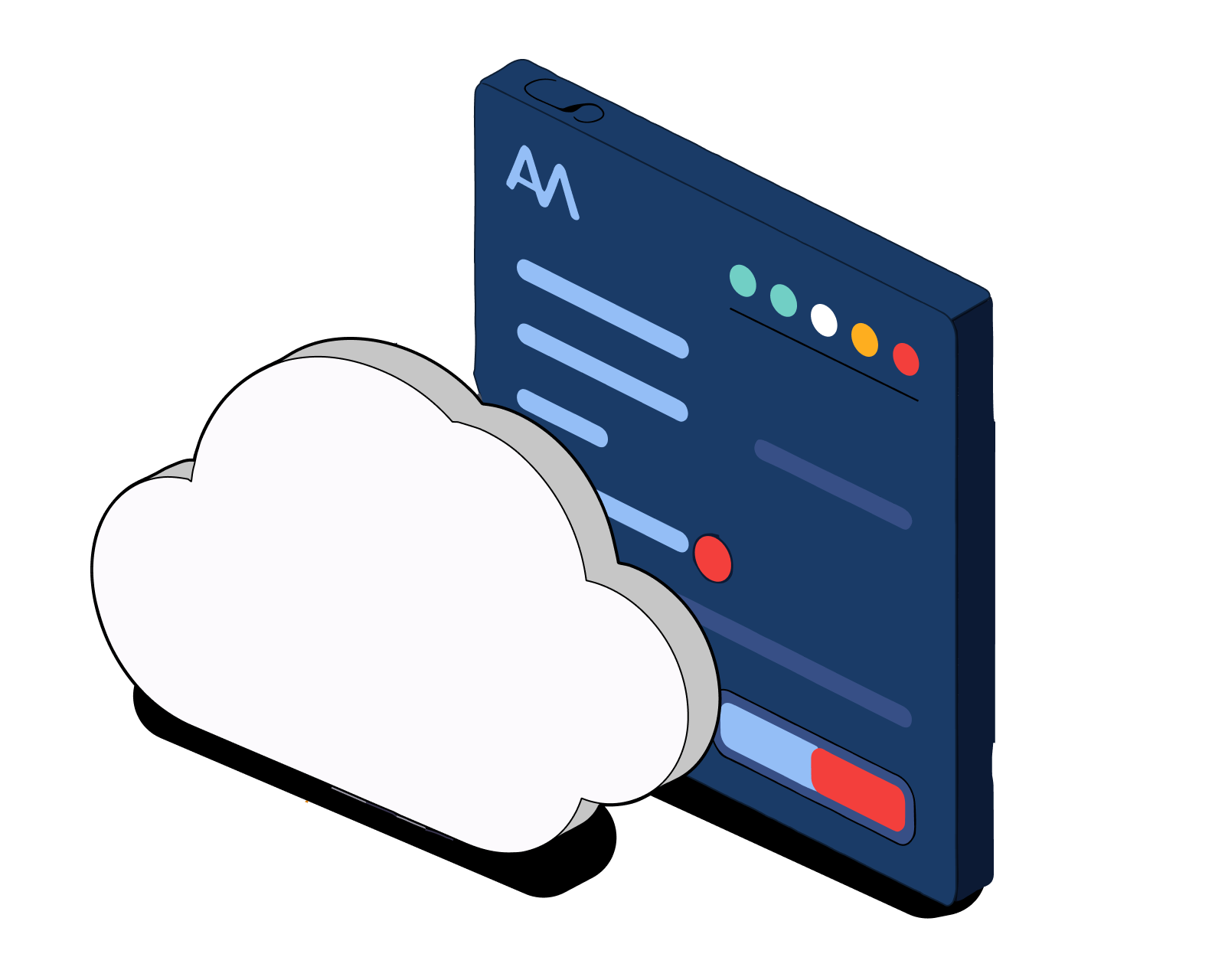
What is APY?
APY stands for annual percentage yield. It is a way to calculate interest earned on an investment that includes the effects of compound interest.
Read this article →
What is APY?
APY stands for annual percentage yield. It is a way to calculate interest earned on an investment that includes the effects of compound interest.
STAY AHEAD IN CRYPTO
Stay ahead in crypto with our weekly newsletter delivering the insights that matter most
Weekly crypto news, curated for you
Actionable insights and educational tips
Updates on products fueling economic freedom
No spam. Unsubscribe anytime.
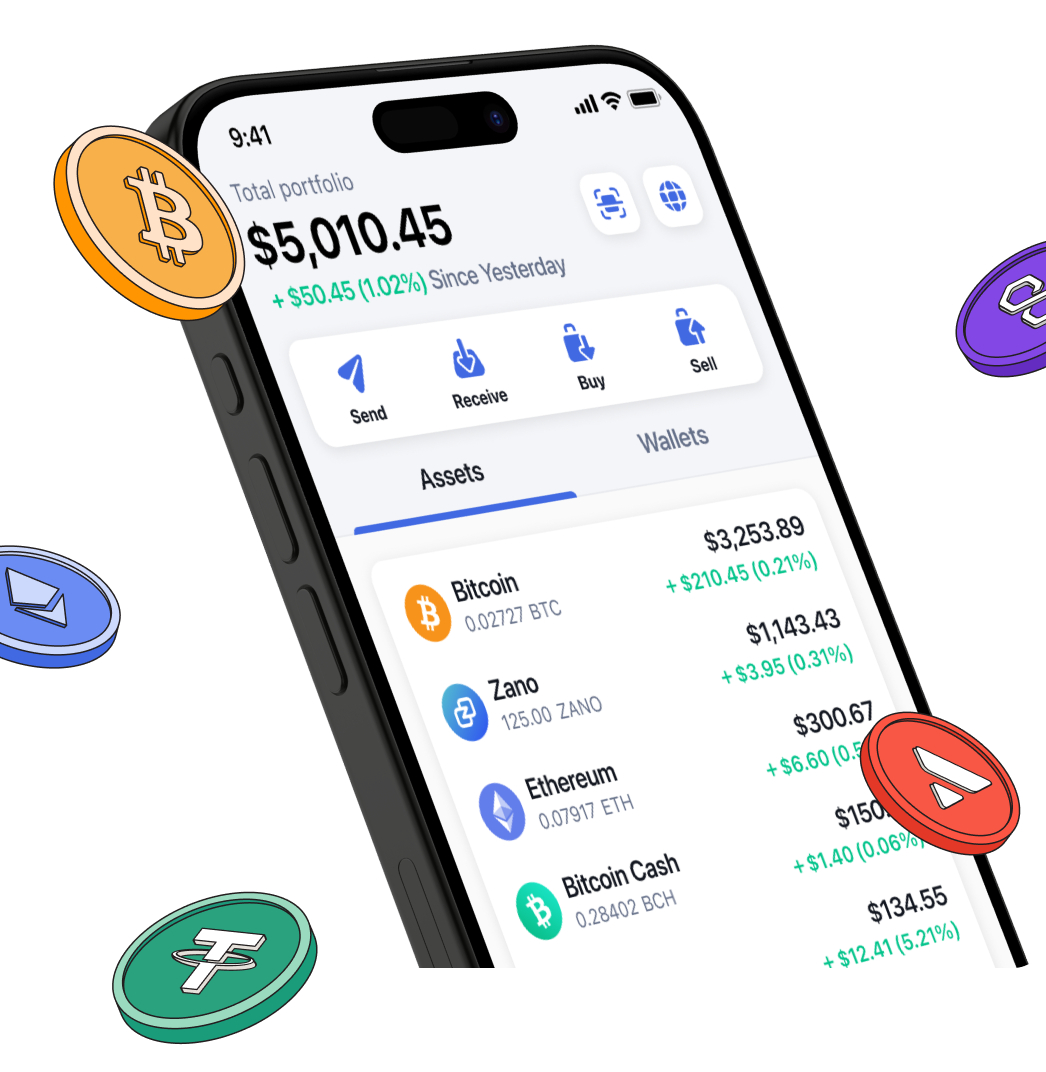
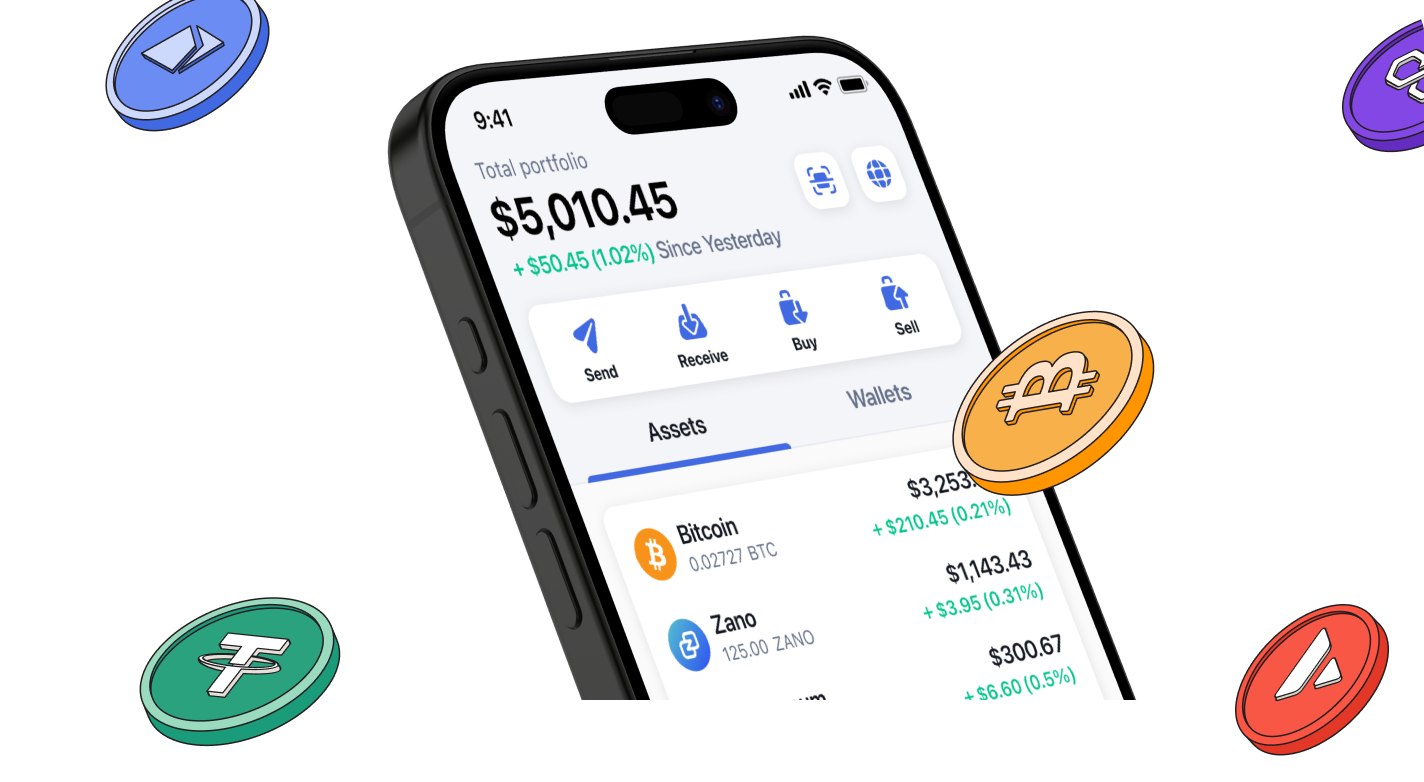
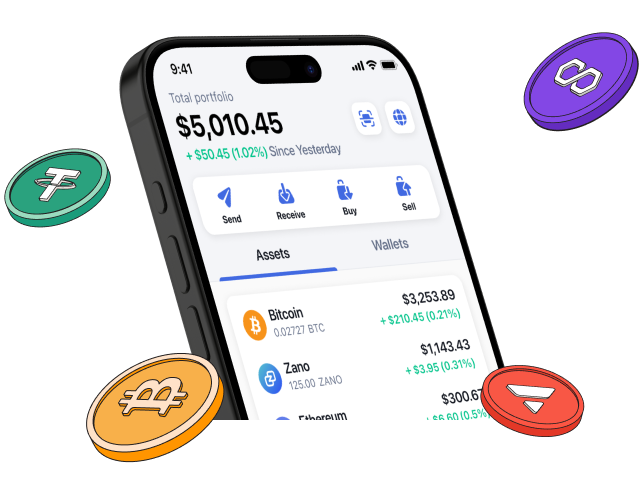
Start investing safely with the Bitcoin.com Wallet
Over wallets created so far
Everything you need to buy, sell, trade, and invest your Bitcoin and cryptocurrency securely

© 2025 Saint Bitts LLC Bitcoin.com. All rights reserved


